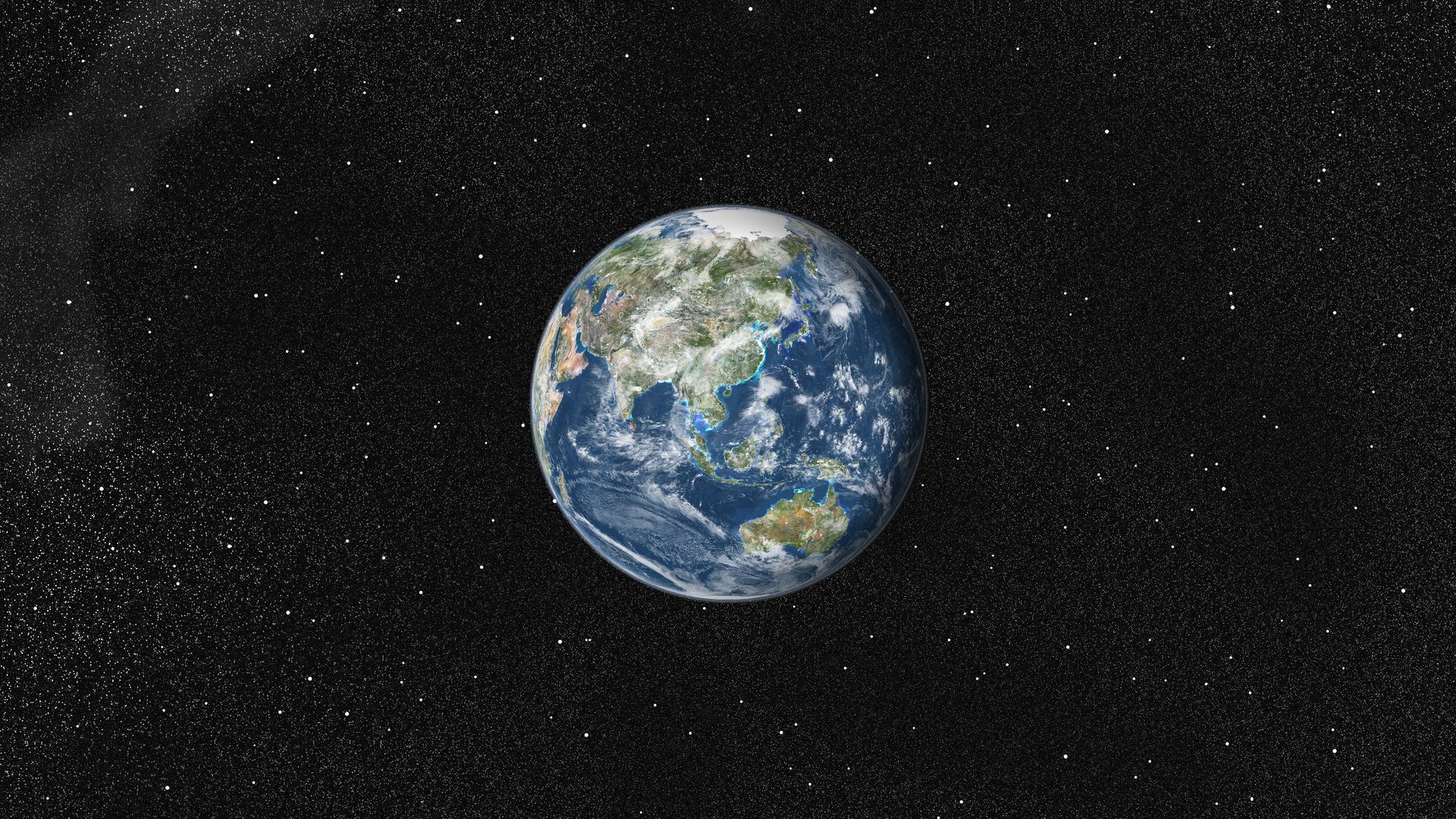
According to a new study, the Earth has moved nearly a whole yard over the span of 17 years as a result of people pumping water to the planet’s surface. Researchers studied changes in Earth’s rotating pole and water migration in the study by first utilizing only ice sheets and glaciers and then adding several scenarios of how water is redistributed. According to the study published in Geophysical Research Letters from Advancing Earth and Space Science, this redistribution of water impacts how mass on the globe is distributed, changing Earth’s center of gravity as a result.
“Earth’s rotational pole actually changes a lot,” said Ki-Weon Seo, a geophysicist at Seoul National University who led the study. “Our study shows that among climate-related causes, the redistribution of groundwater actually has the largest impact on the drift of the rotational pole.”
Groundwater pumping contributes to polar motion and sea-level rise
Scientists previously estimated that people pumped 2,150 gigatonnes of groundwater between 1993 and 2010, equivalent to more than 6 millimeters (0.24 inches) of sea level rise, however confirming this is difficult. When the scientists’ latest analysis added the 2,150 gigatonne estimate, it only equaled the observed polar movement. When the estimate was excluded from the study, their model was off by 78.5 centimeters or 31 inches; this equates to 4.3 centimeters, or 1.7 inches, of drift per year.
“I’m very glad to find the unexplained cause of the rotation pole drift,” Seo said. “On the other hand, as a resident of Earth and a father, I’m concerned and surprised to see that pumping groundwater is another source of sea-level rise.”
Seo said the next step scientists could take with this research could be studying the past, as polar motion data is available “from as early as the late 19th century.” Because of this, scientists could use this data “to understand continental water storage variations during the last 100 years.”
